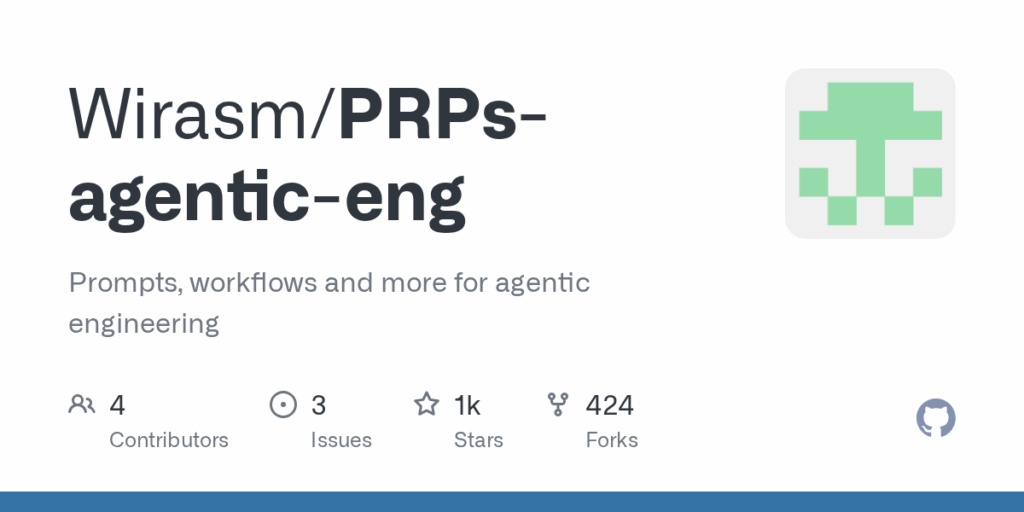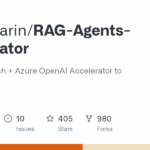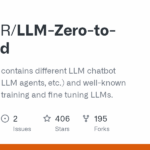PRPs agentic eng
Basic Information
This repository is a practical library of assets, templates and runbooks for agentic AI engineering optimized for Claude Code. It codifies the Product Requirement Prompt (PRP) methodology which combines a PRD-like goal and justification with in-prompt codebase context, explicit implementation strategy and deterministic validation gates so an AI coding agent can deliver a vertical slice of working software on the first pass. The repo includes preconfigured Claude slash commands, PRP templates, example PRPs, an ai_docs folder for piped documentation, a PRP runner script and recommended project structure and CLAUDE.md guidance. It targets engineering teams and developers who want reproducible, production-aware AI workflows and provides concrete steps to copy resources into an existing project or to clone and start a new project. The emphasis is on shifting quality left with executable tests and clear context to reduce brittle or incomplete AI output.








